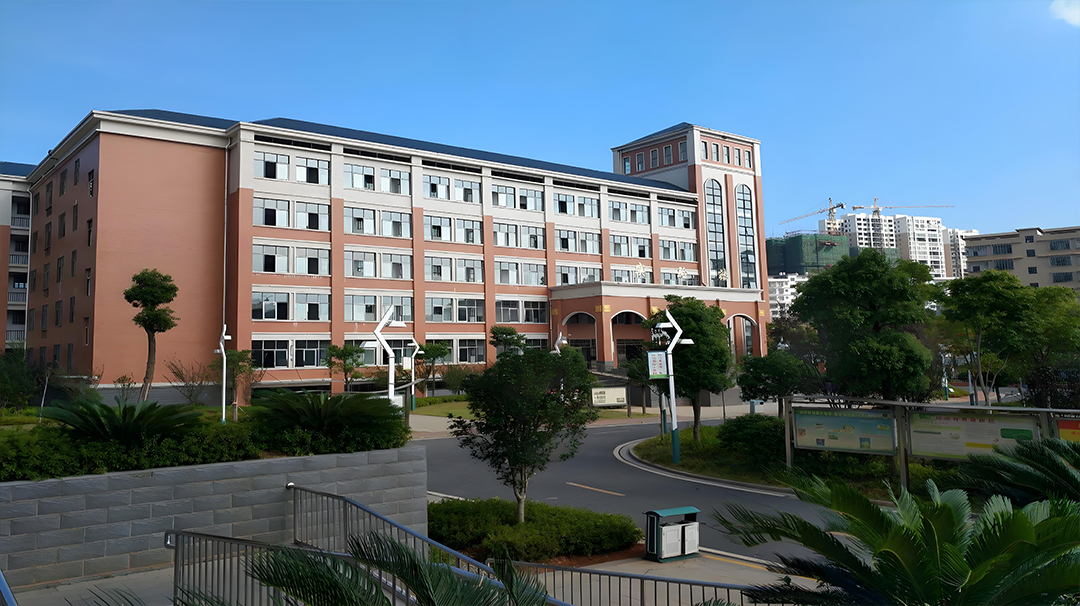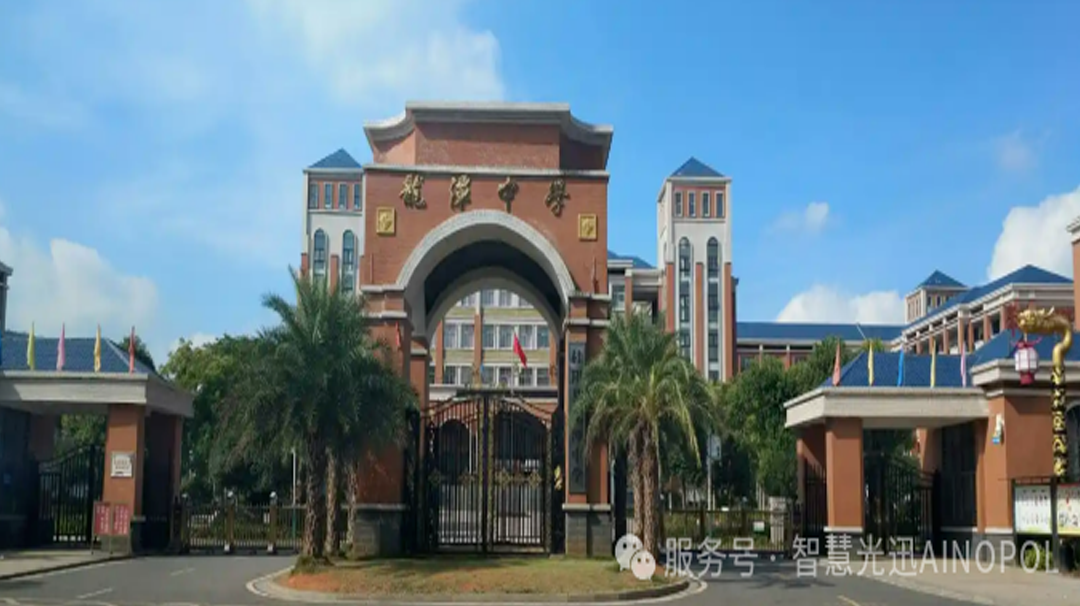
project background
Shanxi Management Vocational College was founded in 1986. In November 2003, it was restructured from the original Shanxi Provincial Administrative Management School. In January 2021, it was transferred from the Provincial Department of Human Resources and Social Security to the Provincial Department of Education for management. It is a full-time ordinary higher vocational college approved by the Shanxi Provincial People's Government, registered with the Ministry of Education, and managed by the Provincial Department of Education. It is located in Linfen City, Shanxi Province. The college covers an area of approximately 270 acres, with a building area of over 60000 square meters. It has 144 professional teachers and 11 teaching and auxiliary institutions.
With the continuous improvement of digital campus construction in schools, teaching scenarios have gradually become rich and diverse, especially high-definition video teaching methods such as online teaching and virtual reality teaching have been widely applied. However, in the early stages of campus network construction, traditional network design was difficult to meet existing business needs, mainly manifested in:
The school network adopts the traditional network technology architecture, which is to separately handle independent broadband with operators in different regions. This has led to a variety of network layers, and over time, the problem of line aging has become more prominent.
High density user access poses higher requirements for seamless roaming. However, due to the complexity of the wireless environment, some areas cannot achieve comprehensive coverage when building campus WiFi networks in the early stages, which poses certain challenges to network speed, security, and stability. This situation has affected students' online experience and made it difficult to meet the growing demand for the internet.
The lack of a unified identity authentication account in schools also poses certain risks to campus network security.
In order to solve the above problems, the technical team of Smart Accent has been deployed to the front line and has conducted in-depth discussions on the upgrade and transformation strategies of the school network. Both parties had a detailed discussion on the compatibility between the existing network equipment of the school and the products provided by Smart Optics. At the same time, Smart Optics also tailored a comprehensive network optimization plan for the school to meet its specific needs.
Project requirements
Campus internal and external coverage: Focusing on comprehensive optimization of WiFi coverage at over 1000 points in campus dormitories, iterative optimization of fiber optic line layout, increasing outdoor AP devices to expand wireless network coverage, and improving network speed and security
Internet authentication issue: Students need to apply for the integrated package number card of the three major telecom operators, which not only solves the problem of mobile communication but also meets the needs of campus internet access. At the same time, it should be included in the management of campus network security protection system, public opinion control, etc.
Compatibility of networking systems: Public area networking systems need to consider compatibility with campus data center networks, internal OA management system VLAN data transmission, flow control bandwidth speed limits, and other issues


The school has a total of 1000 information points, including teaching buildings, dormitory buildings, canteens, office buildings, and other areas. In order to achieve integrated networking in all building areas of the school, Smart Photonics has chosen to use a WiFi 6 optical AP model ZH-F426W and a ceiling mounted AP model ZH-AP18006S-M, along with power supply equipment such as ZH-F4P POE ONU. The adoption of this combination scheme aims to provide high-speed and stable WiFi6 coverage, transmitting wireless network signals to every corner of the school. At the same time, these devices also have excellent wall penetration capabilities, effectively solving the problem of insufficient signal coverage on campus and ensuring that the entire campus is under the same local area network, allowing for mutual access between internal networks.

In order to meet the internet authentication needs of the school, Smart Lite On has launched a portal authentication and billing system. This system has a flexible access method, even in the absence of a public IP address on the BRAS side, as long as it can connect to the network, it can be integrated with the billing system. In addition, communication between the billing system and the BRAS can also be achieved through VPN. All teachers and students in the school only need to connect to the internet with one click online, send an internet request, and the BRAS will redirect it to the portal authentication and billing system upon receiving the request. The billing system will pop up an authentication interface. If the authentication is successful, the billing system will notify the BRAS to grant internet access permission; If authentication fails, internet access will not be granted. In this way, the whole school has implemented a real name system for internet access control, which is convenient for review.



